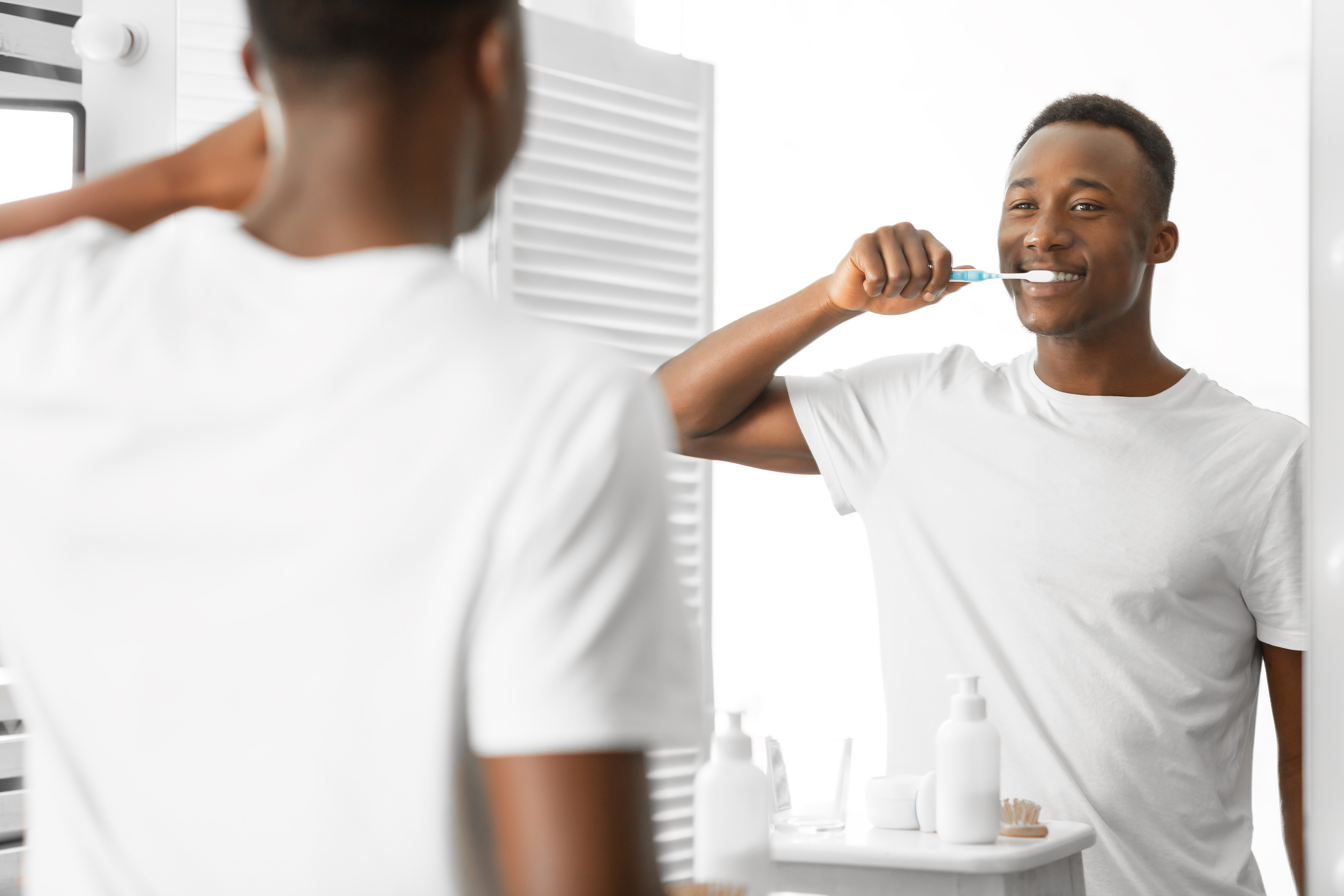38 Hidden Talents of Hydrogen Peroxide You Need to Know About
Think hydrogen peroxide is just for cleaning boo-boos? Think again! This humble household staple is a surprisingly versatile superhero, wielding potent antimicrobial, whitening, and detoxifying powers that can revolutionize your personal care, oral health, skincare, and even your cleaning routine. We're not just talking about first-aid anymore; we're diving into a world of unexpected applications that can elevate your daily life. That's why we've supercharged our guide, expanding it to a whopping 38 surprising ways hydrogen peroxide can become your new go-to for everything from brightening your smile to conquering stubborn sinus issues. Forget harsh chemicals and expensive treatments; this simple solution can freshen your breath naturally, disinfect your tools, and even give your skincare a boost. Ready to unlock the untapped potential of this everyday wonder and discover its transformative power? Let's explore the many faces of hydrogen peroxide!
1. Antimicrobial Agent for Household Cleaning

Hydrogen peroxide's antimicrobial properties make it an excellent choice for household cleaning. Unlike harsh chemical cleaners, hydrogen peroxide is eco-friendly and breaks down into water and oxygen, leaving no harmful residues. It effectively kills bacteria, viruses, and fungi, making it ideal for disinfecting surfaces in kitchens and bathrooms. To use, simply mix equal parts of hydrogen peroxide and water in a spray bottle. This solution can be sprayed on countertops, cutting boards, and bathroom tiles to eliminate germs. Its non-toxic nature ensures safety for both the environment and your family, making it a superior alternative to conventional cleaners.
2. Oral Health Booster

Incorporating hydrogen peroxide into your oral hygiene routine can significantly improve your dental health. Hydrogen peroxide acts as a powerful mouthwash that helps whiten teeth, reduce plaque, and prevent gum disease. Its effervescent action assists in removing debris and bacteria from hard-to-reach areas in the mouth. For a homemade mouthwash, mix a tablespoon of hydrogen peroxide with a tablespoon of water and swish it around your mouth for a minute before spitting it out. Regular use can lead to a brighter smile and healthier gums, enhancing overall oral hygiene without the need for expensive dental products.
